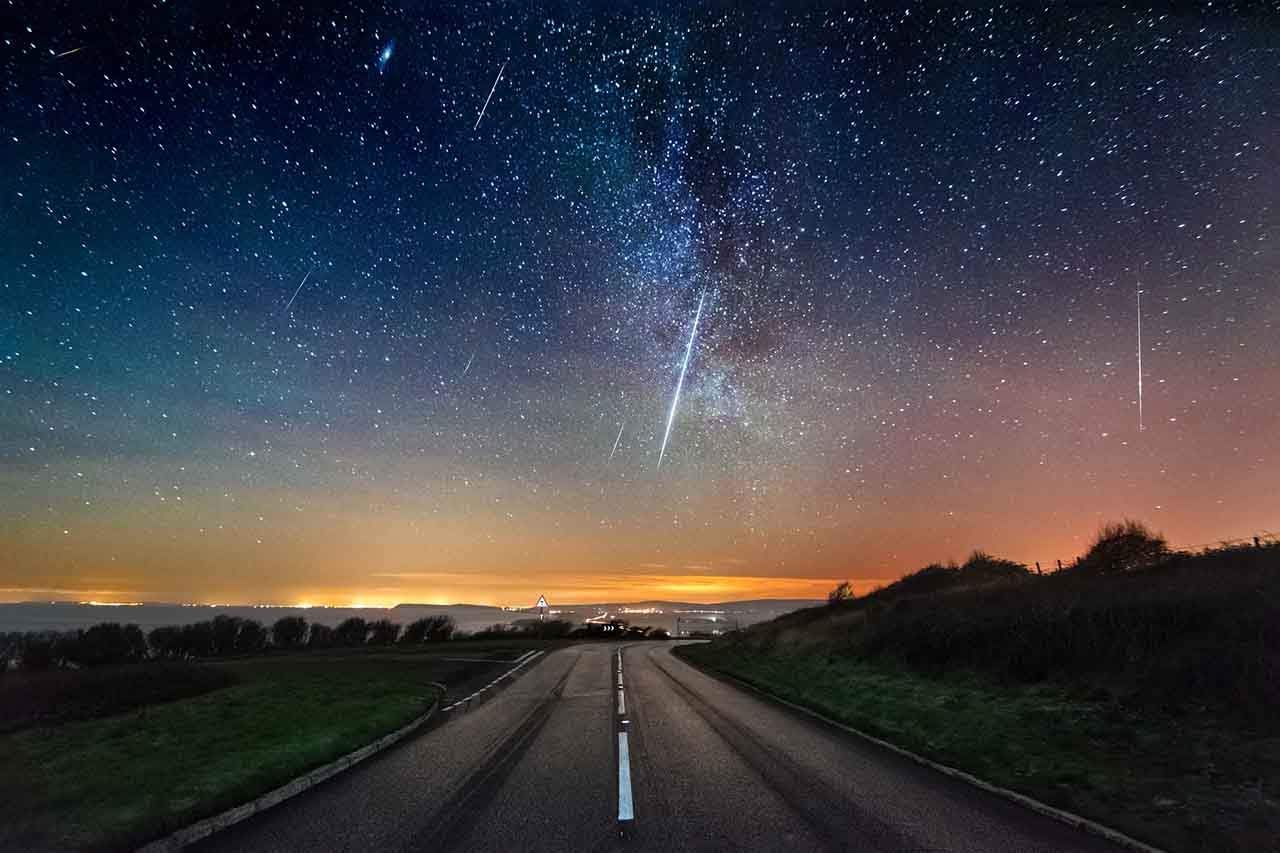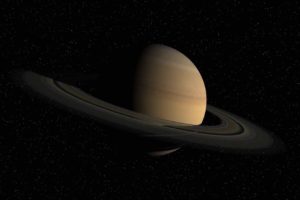People can’t wait to leave 2016 behind and start a new year but they haven’t seen anything yet. Some space geeks might know what I’m talking about but if you are not one of them, I was referring to Geminid meteor shower – one of the biggest reasons I want to live in Australia. The most spectacular meteor shower hits the earth every year but people in the Northern Hemisphere mostly miss it because of the clouds. I have no problem with snow and Christmas spirit but I would probably choose meteor shower between “snowy Christmas night” and “the best meteor shower of the year”.
1. December 11 – Mercury At Greatest Eastern Elongation
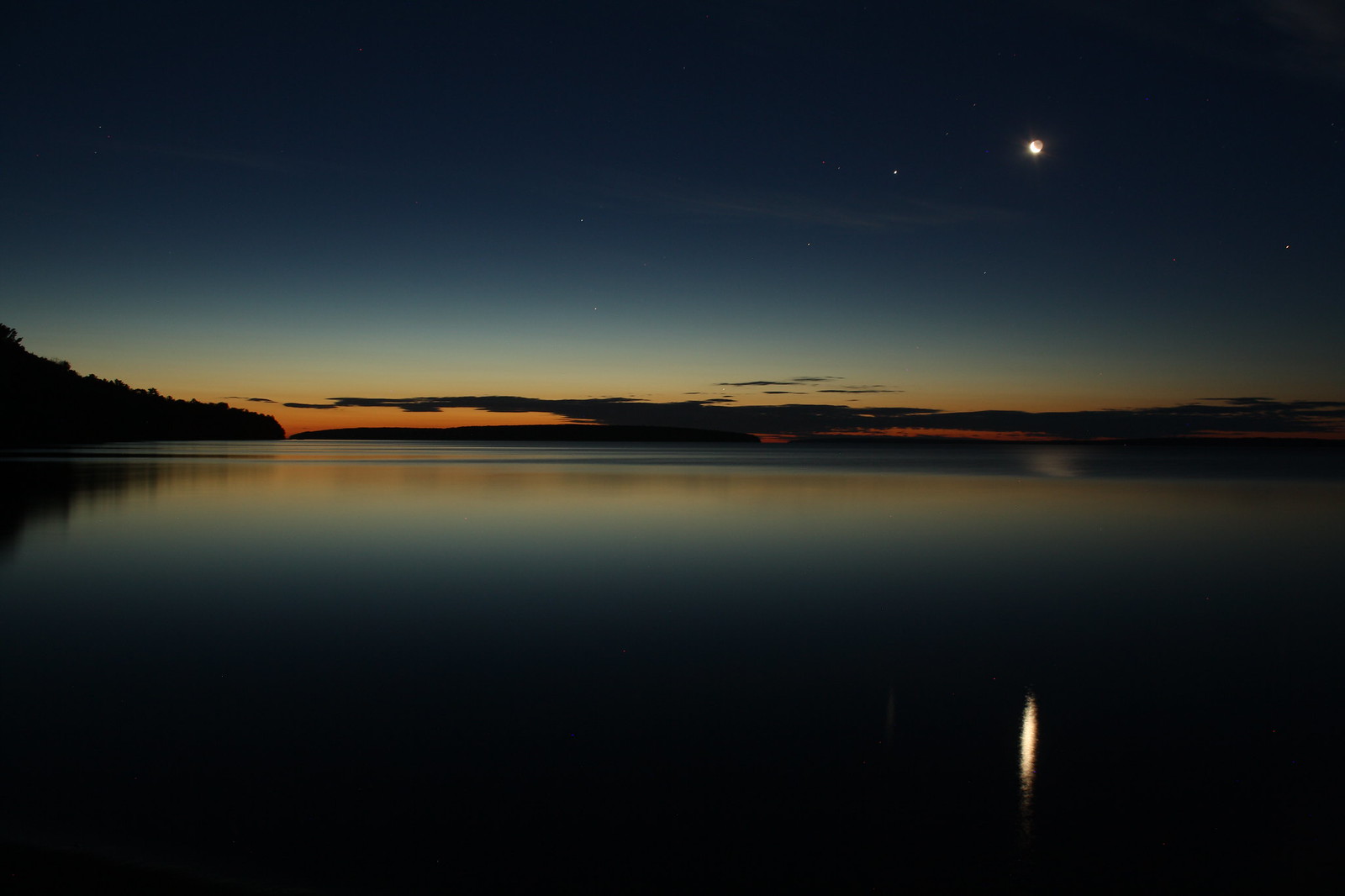
- Inferior planet refers to a planet whose orbit is closer to the Sun than earth. So there are two inferior planets; Mercury and Venus.
- When an inferior planet is visible after sunset, it means it is near its greatest eastern elongation.
- When an inferior planet is visible before sunrise, it means it is near its greatest western elongation.
On December 11, Mercury reaches greatest eastern elongation of 20.8 degrees from the Sun. That means you can get to watch Mercury after sunset instead of watching it just before sunrise. Even if observant eyes might catch and distinguish Mercury from other stars, most of the people see it as a brighter star.
2. December 13, 14 – Geminid Meteor Shower
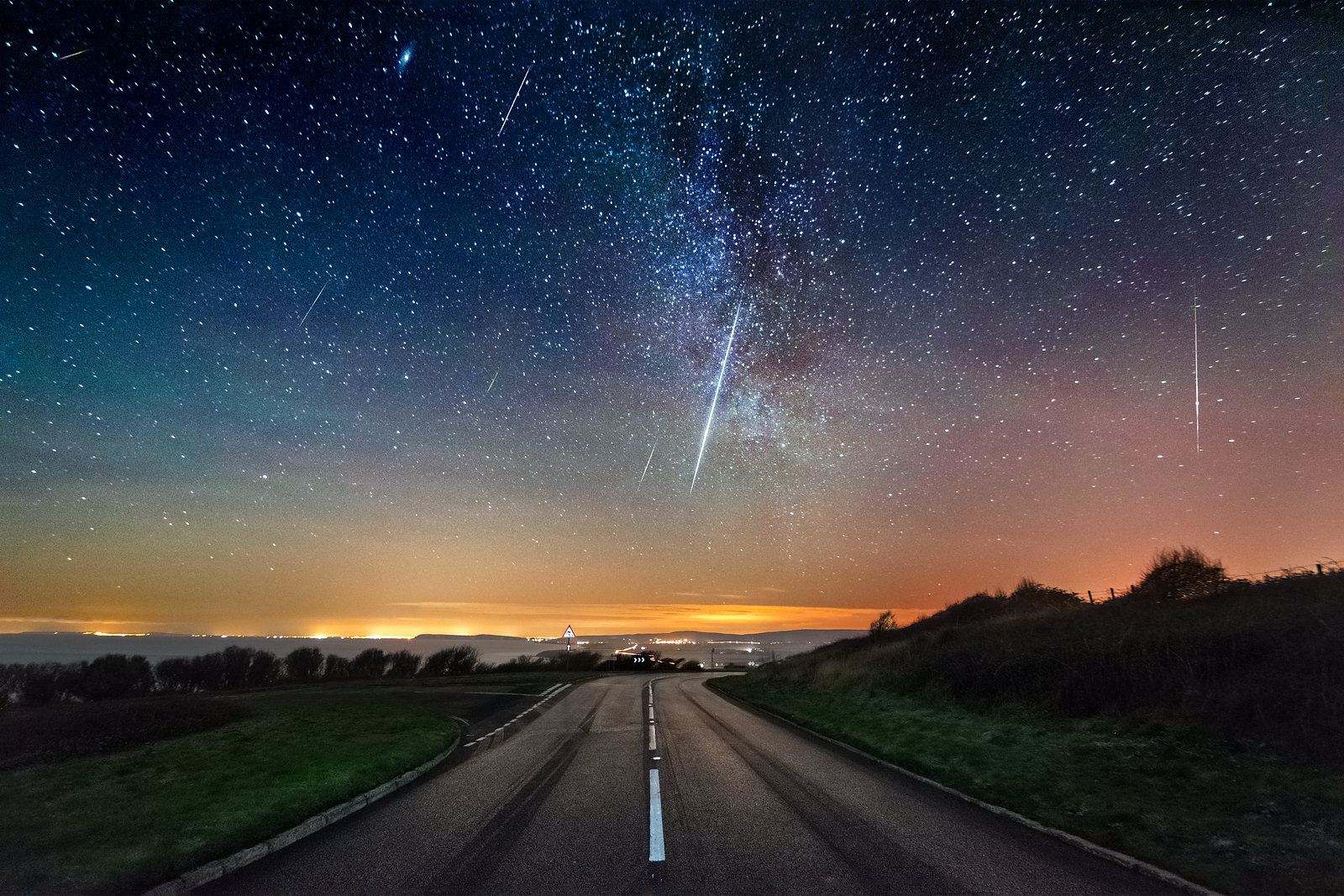
Geminids is the king of the meteor showers. You might have seen Perseid meteor shower in August and think it is amazing but that only produces 60 meteors per hour. Geminid meteor shower, on the other hand, produces up to 120 multicolored meteors per hour at its peak. It not only produces two times more meteors than its closest competitor, but also produces colorful meteors and they look magical. Some of the meteor showers are caused by comets but Geminids is not one of them. It is produced by an asteroid called “3200 Phaethon” and runs annually from December 7 to 17 but this year, it peaks on the night of December 13 and 14.
Bad News: If there will be no clouds to block meteors, Full Moon will be there to ruin your view. So, you might not want to wait until December 13 to watch the shower since it will start on December 7.
Pro Tip: When the moon rises and sets, the opposite side of the sky will not be affected by moonlight. Try to observe meteors during moonrise and moonset by observing opposite side of the sky, that’s the only way to dodge December’s Full Moon.
3. December 14 – Full Moon, Supermoon
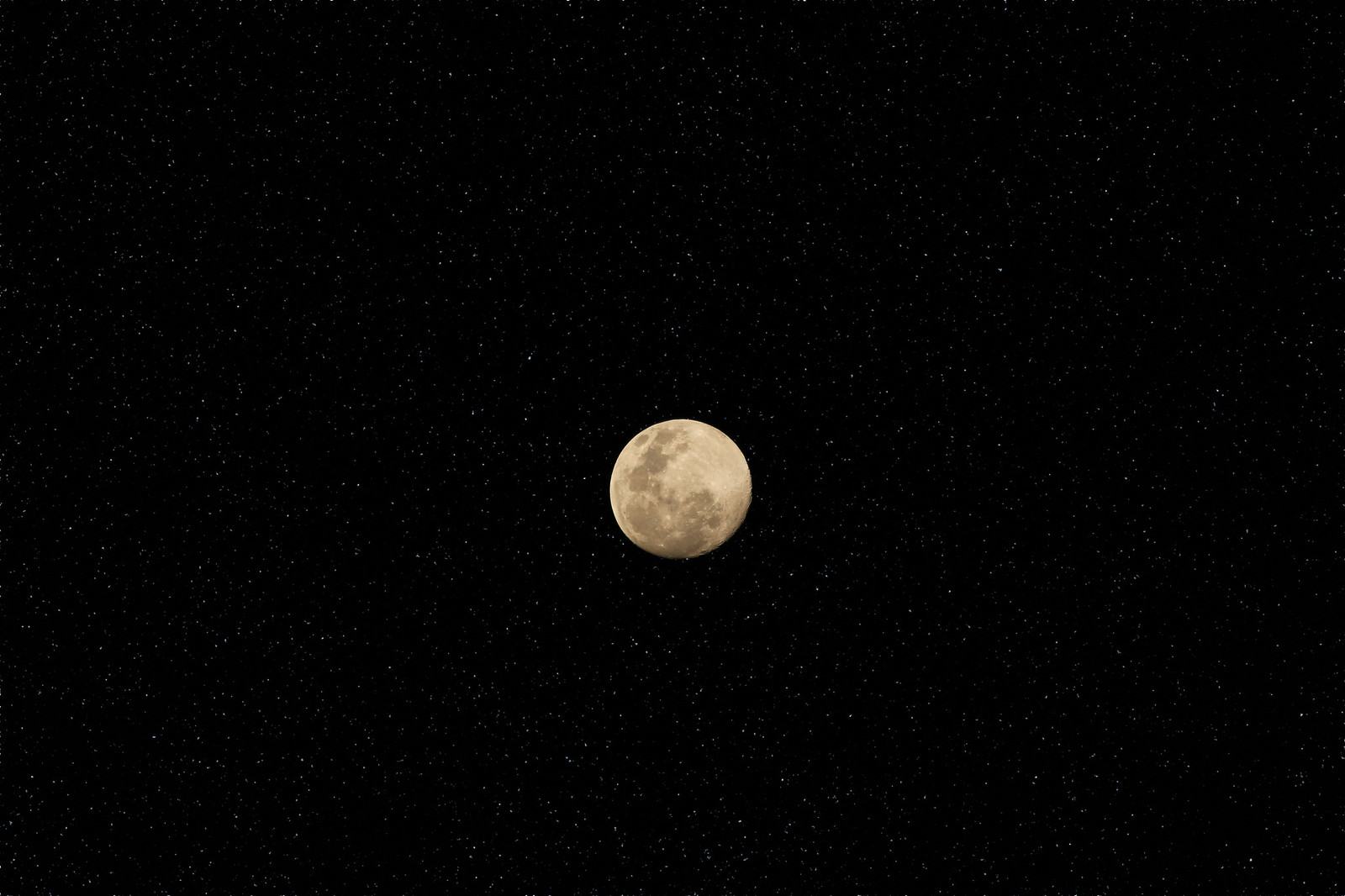
During Full Moon, the Earth gets between the Moon and the Sun so half of the moon facing the earth will be fully illuminated. However, don’t expect to see the extraordinarily big moon because of Supermoon. The moon, actually, came closest to Earth on November 14 so it won’t look that big like it was last month.
4. December 21 – December (Winter) Solstice
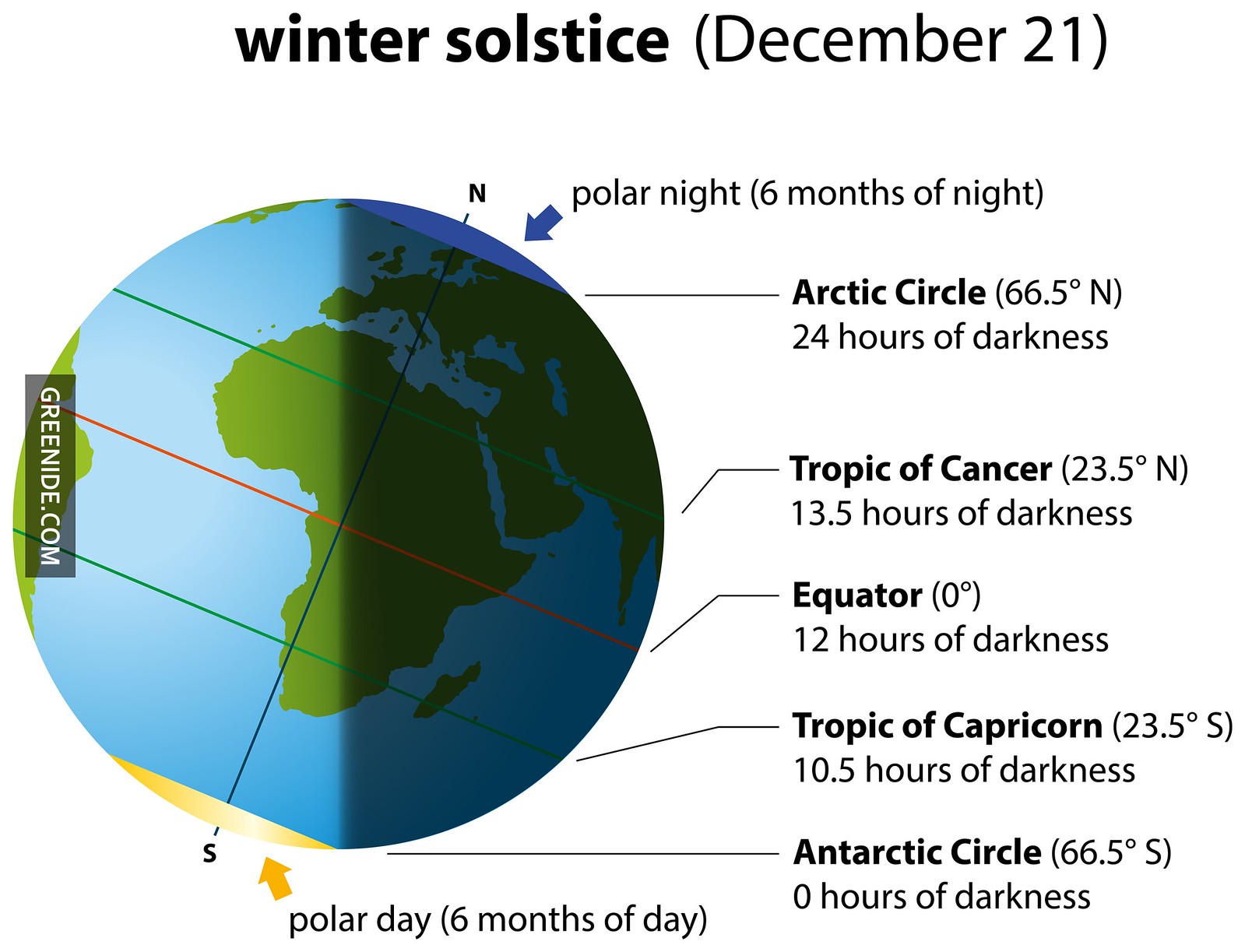
Christmas, snow, Santa… everything is great, I admit but the only thing that sucks about winter is short days. Coffee is not enough for me to wake up when I can’t get enough sunshine. I am glad it’s going to be over soon and days will start getting longer again.
A solstice is an astronomical event that occurs twice a year; June and December. On June 21, days will stop growing longer and started to grow shorter in the northern hemisphere and vice versa in the southern hemisphere. December 21 will also be the shortest day in the northern hemisphere while it will be the longest day in the southern hemisphere.
5. December 21, 22 – Ursid Meteor Shower
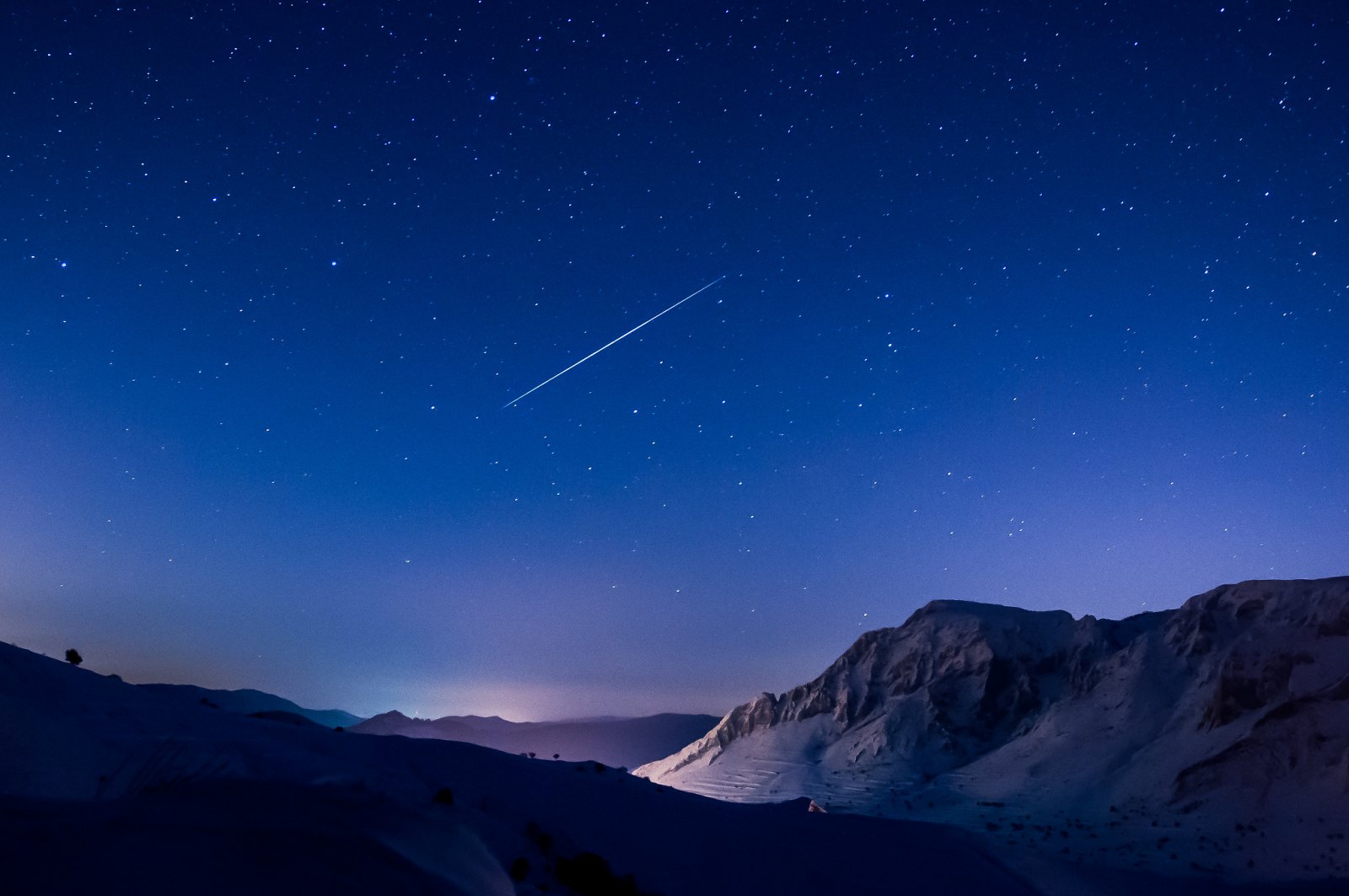
The Ursids is a small meteor shower that produces only 5-10 meteors per hour. It annually runs from December 17 to 25 and this year, it peaks on December 21 and 22. If you don’t miss Geminds, there is nothing left to expect from 2016 but if you miss it, you can try observing Ursid meteor shower.
6. December 29 – New Moon
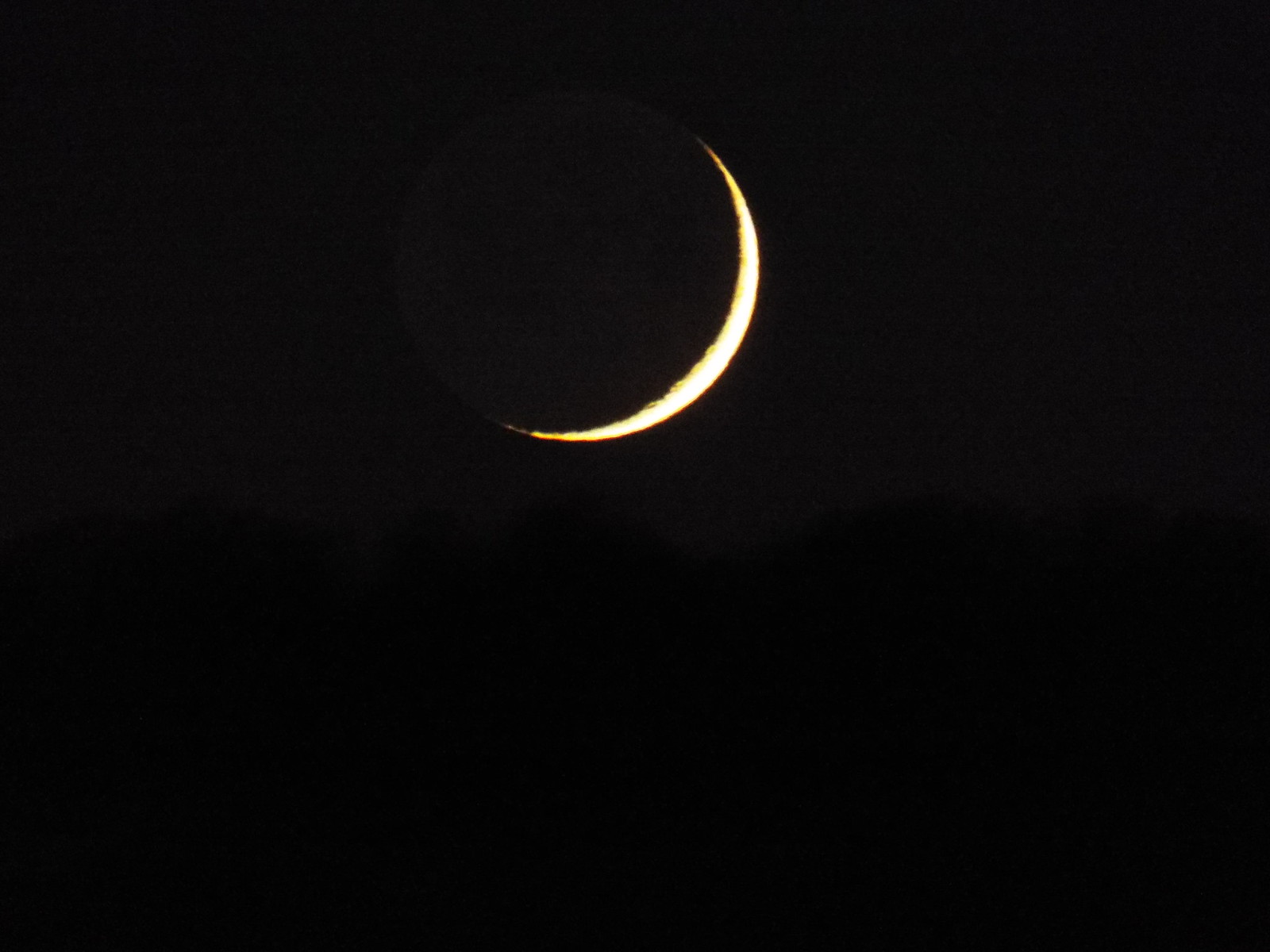
The Moon will be between the Earth and the Sun during the event. Sunlight will illuminate the opposite side of the moon but the side facing the earth will be completely dark. Since there won’t be any moonlight, it is a great opportunity to observe other stars and galaxies during New Moon.

